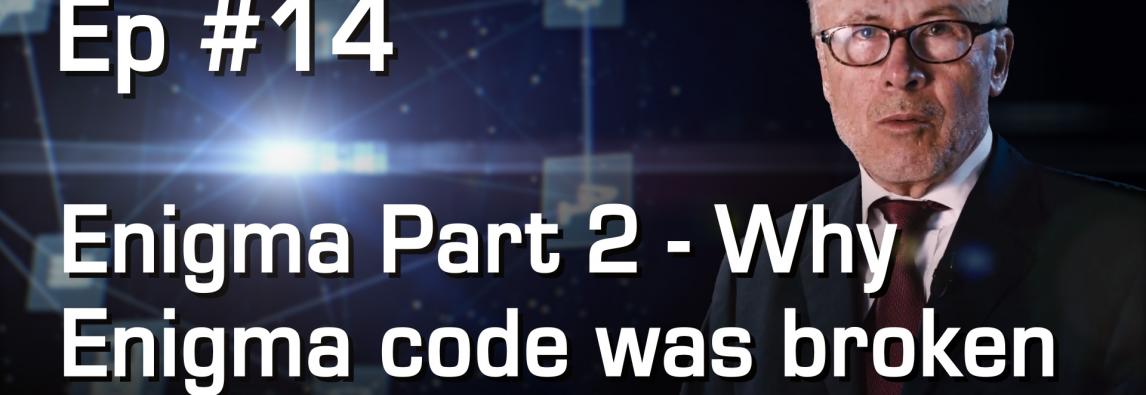
Enigma Part 2 – Why Enigma code was broken by Polish mathematicians | #Ep 14
Why did Polish mathematicians figure out how Enigma worked? This is the question which Jack Wolosewicz starts off episode 14. He is pointing out two main reasons.
First, there has been a long academic tradition and history in Poland; high standards for intellectual accomplishments and understanding science and mathematics. One of the most outstanding examples, which Jack refers to, is Copernicus. There was also a famous Lwow School of Mathematics renowned for its productivity and its extensive contributions to subjects such as point-set topology, set theory and functional analysis. Members of that school were also working at the “Manhattan Project”.
Undoubtedly, there has always been respect for science in Poland; that’s why Cyberus Labs hires Polish scientists and mathematicians.
The other factor which contributed to breaking the Enigma code was geopolitical situation of that time in Poland. There was a dire threat that came from Germany.
Ultimately, these 2 factors greatly motivated these scientists to develop the solution for the Enigma problem – their geopolitical situation and tools they were equipped with.
How Enigma was broken by the Polish mathematicians?
In December 1932, while serving at the Polish Cipher Bureau, Marian Rejewski, a Polish mathematician and cryptanalyst, used permutation theory and weaknesses in the German military code encipherment protocols to crack the code keys of the Enigma plugboard machine. Rejewski obtained this outcome by understanding the machine’s hardware, and the outcome did not allow the Poles to decode real messages.
The Polish mathematicians were able to develop their own Enigma machines, which were called Enigma doubles, assisted by the information obtained from the French secret service.
Cryptanalysts Jerzy Różycki and Henryk Zygalski, both of whom had been hired from Poznań University assisted Rejewski. The Polish Cipher Bureau developed techniques for defeating Enigma’s plugboard and finding all components of the daily key which enabled the Cipher Bureau to read the German Enigma messages from January 1933 onwards.
The German cryptographic protocols changed over time, and the Cipher Bureau developed methods and mechanical tools for continuous reading of the Enigma traffic.
As part of the endeavor, the Poles manipulated rotor quirks, collected catalogs, constructed a cyclometer to help create a catalog of 100,000 entries, made Zygalski boards, and designed the “cryptological” electro-mechanical device to check for rotor settings.
At the end of July 1939, a few weeks before the start of World War 2, Poles invited French and British military intelligence delegates into their methods and equipment for Enigma-decryption, including Zygalski sheets and cryptological blast, and provided a Polish-reconstructed Enigma to each delegate. The presentation was a crucial basis for the later British persistence and initiatives to break Enigma.
Sounds interesting?
There are two very good books (in Polish and English) that are presenting the fascinating but also tragic story of the Polish mathematicians and Intelligence working on breaking German Enigma and their contribution to the victory in the World War 2.
Marek Grajek, Enigma, Wyd. Rebis, 2007








